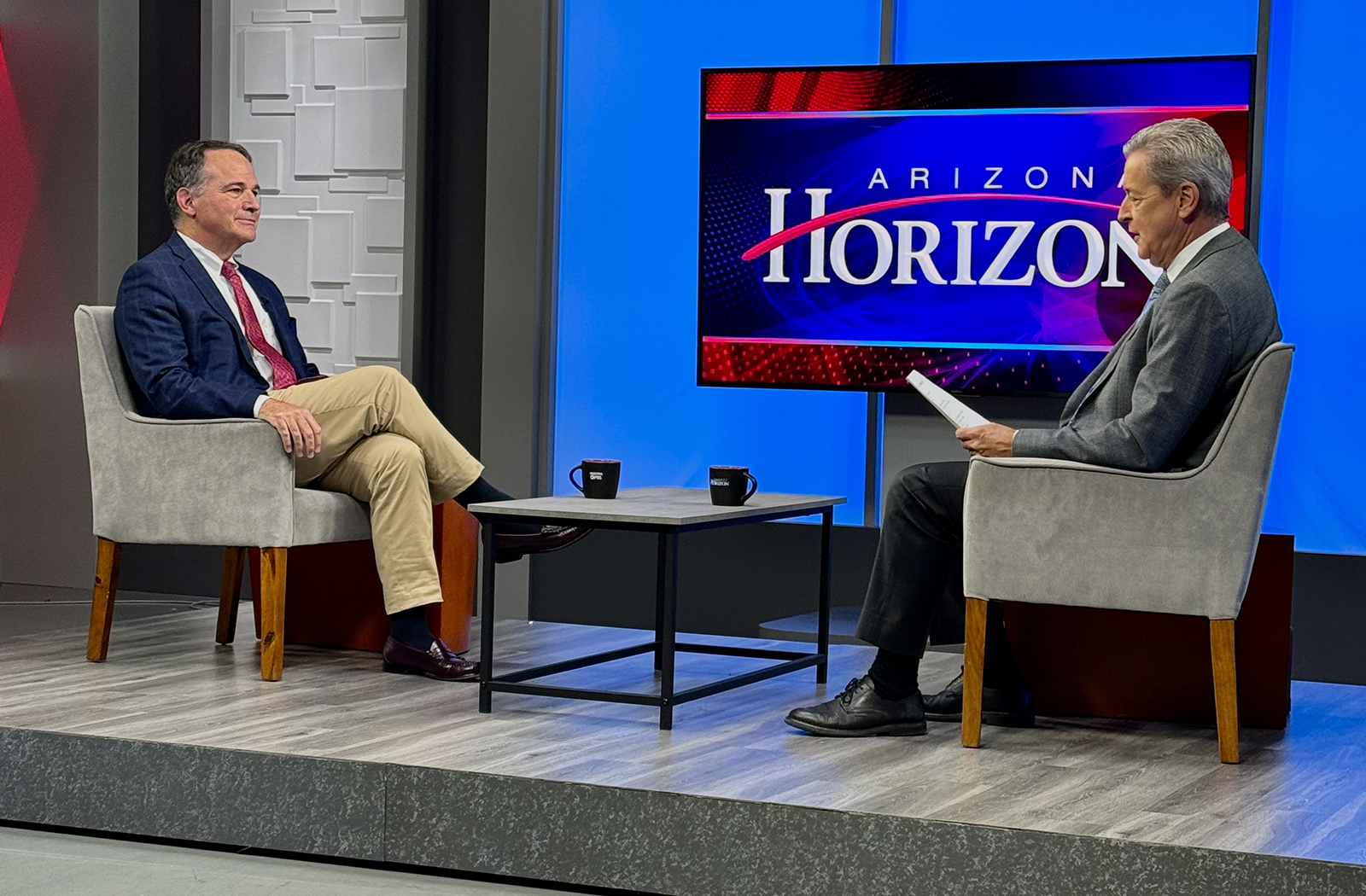
Arizona PBS

Arizona is one of the fastest-growing states in the U.S., with 7.5 million residents as of 2025. The 1.3% annual population growth is above the national average and is expected to continue to increase. The state is already short hundreds of doctors. By 2030, Arizona will need an additional 2,000 primary care physicians to meet the health care needs of residents.
Dean Fred Wondisford, MD, MS, MBA, joined PBS' Arizona Horizon to discuss how the University of Arizona College of Medicine College of Medicine – Phoenix is working to bridge that gap.
About the College
Founded in 2007, the University of Arizona College of Medicine – Phoenix inspires and trains exemplary physicians, scientists and leaders to advance its core missions in education, research, clinical care and service to communities across Arizona. The college’s strength lies in our collaborations and partnerships with clinical affiliates, community organizations and industry sponsors. With our primary affiliate, Banner Health, we are recognized as the premier academic medical center in Phoenix. As an anchor institution of the Phoenix Bioscience Core, the college is home to signature research programs in neurosciences, cardiopulmonary diseases, immunology, informatics and metabolism. These focus areas uniquely position us to drive biomedical research and bolster economic development in the region.
As an urban institution with strong roots in rural and tribal health, the college has graduated more than 1,000 physicians and matriculates 130 students each year. Greater than 60% of matriculating students are from Arizona and many continue training at our GME sponsored residency programs, ultimately pursuing local academic and community-based opportunities. While our traditional four-year program continues to thrive, we will launch our recently approved accelerated three-year medical student curriculum with exclusive focus on primary care. This program is designed to further enhance workforce retention needs across Arizona.
The college has embarked on our strategic plan for 2025 to 2030. Learn more.